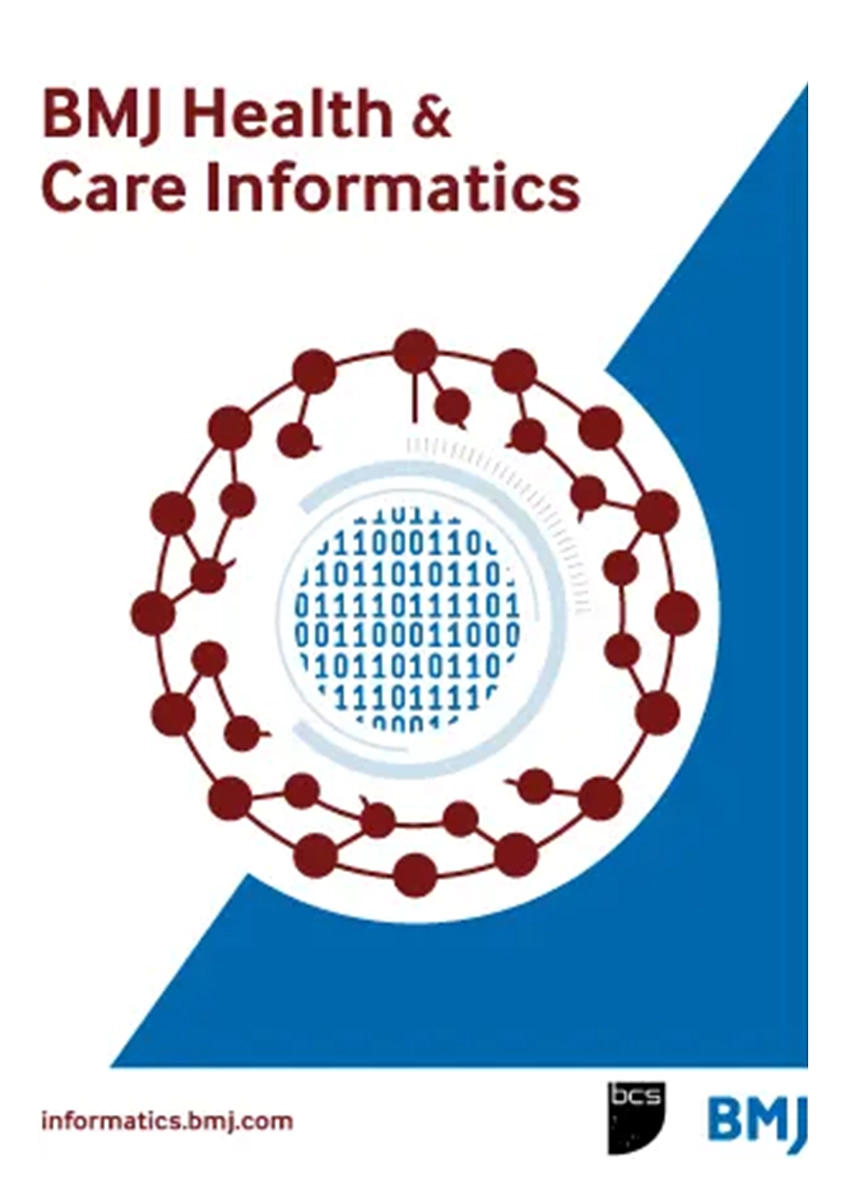Objective
This study investigates how the use of RBfracture™ version 2.0 influences the accuracy of radiologists and radiology residents in identifying paediatric appendicular fractures, with the goal of assessing its potential clinical value in a general hospital environment.
Key findings
- RBfracture alone showed the highest accuracy (97%) and sensitivity (97%)
- Readers using RBfracture outperformed unassisted readers
- Senior radiologists with RBfracture demonstrated an accuracy of 97% and below
- Junior radiologists with RBfracture demonstrated an accuracy of 92% and below
- There were a total of six cases with subtle fractures that were missed by all human readers but accurately detected by RBfracture
Open access
This research is open access
This original research can be read in BMJ Health & Care Informatics in volume 31, issue 1, published December 2024.
Funding and conflicts of interests
The authors have not declared a specific grant for this research from any funding agency in the public, commercial or not-for-profit sectors. The authors declare no conflicts of interest.




